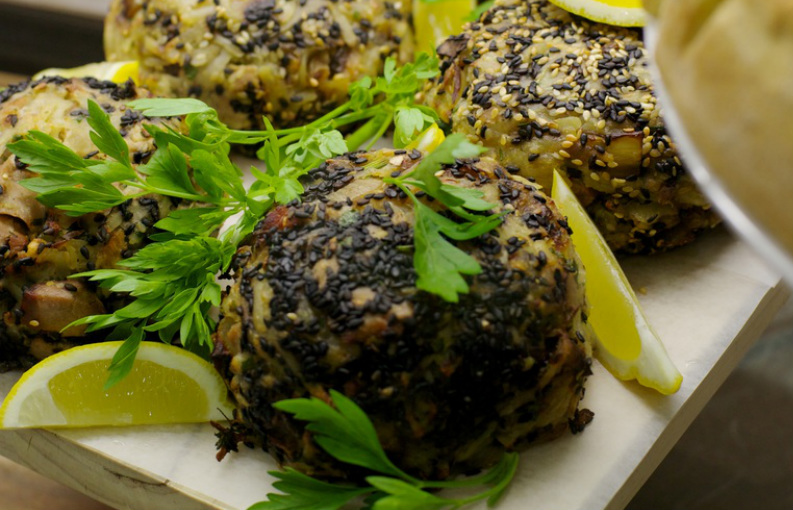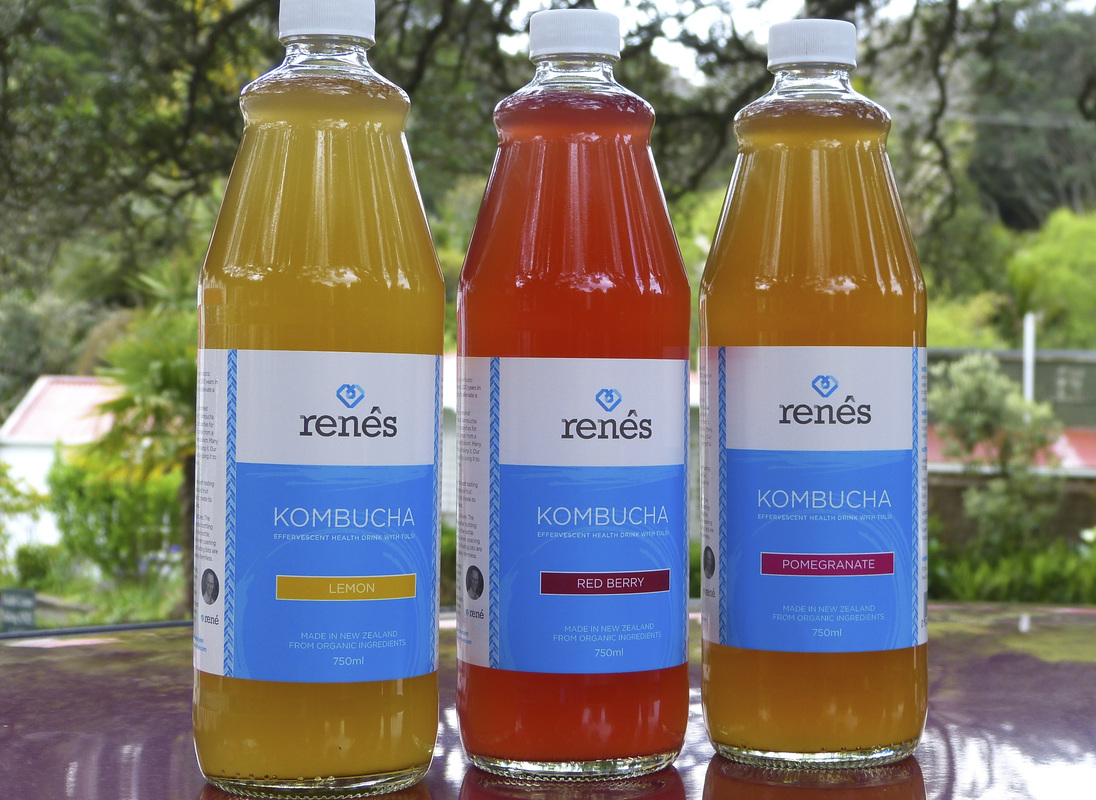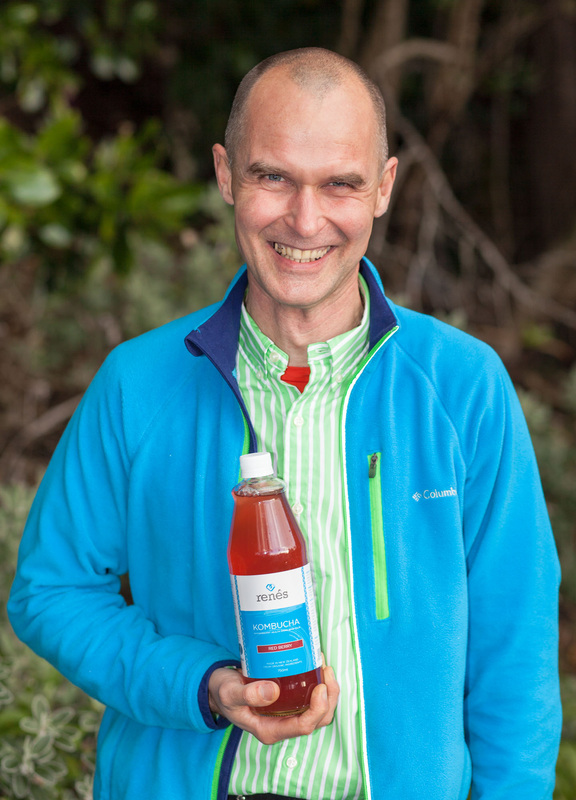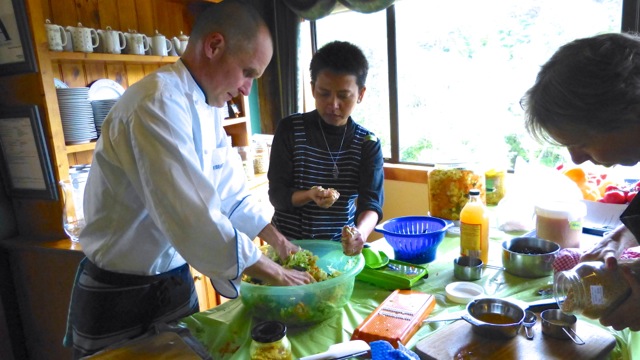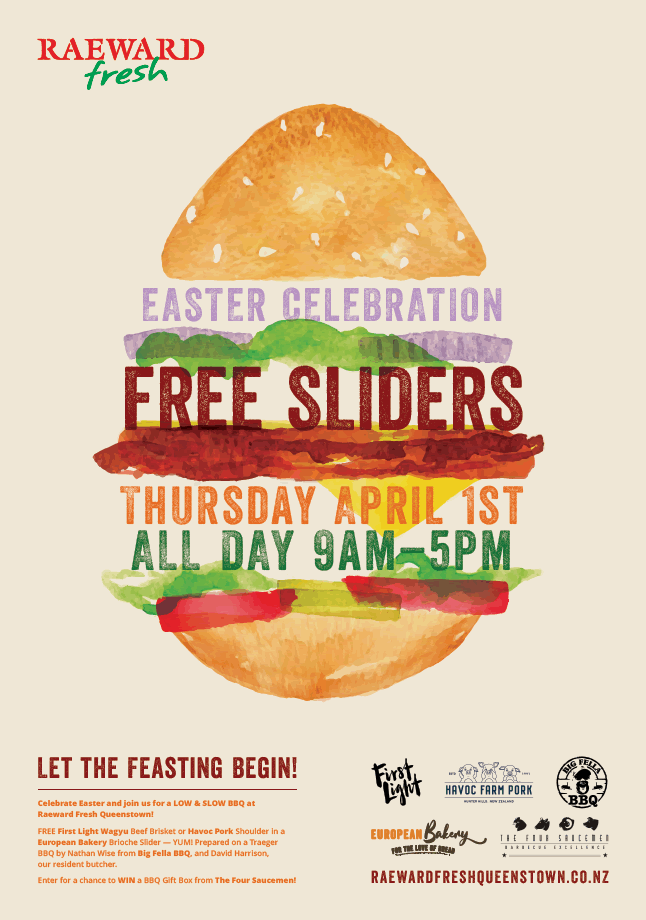For our maiden Raeward Fresh blog expedition, we visit two Queenstown trailblazers, Andrew and Erika Colby of Crystal Gardens, they’re like a force of nature. Andrew was drawn to the Queenstown region back in the mid ’80s during an initial visit. He decided to sell up everything, pack his life into an old Land Rover, and head south to see what he could make of the place. An innovator like his father, Andrew noticed how manky the vegetables looked in the local stores, arriving on trucks after long drives from Christchurch, or even further north. So, in partnership with his farther Robin, he put his hand to the plough (so to speak) and developed a state-of-the-art hydroponics system to grow some of the country’s best heirloom lettuces, right on Queenstown’s doorstep.
Andrew’s attitude at the time was, “If you grow it, they will come”. With an almost prescient knowledge (“accidental”, in Andrew’s modest recollection) of both trending food-culture tastes and the biological advantages of cold climate agriculture, Robin and Andrew developed an extraordinary mini-ecosystem to produce salad leaves that could meet the high standards of local chefs, avoiding the fungal issues (and thus the pesticide sprays) that most North Island growers deal with. Now, more than 20 years on, the results speaks for themselves. Crystal Gardens Lettuce, a hybrid of Andrew and Erika’s passion for quality and No. 8 wire Kiwi ingenuity, is the mainstay fresh greens supplier for the wider-Queenstown district culinary scene.
It’s rare to come across people who are both passionate about and skilled in the growing of really good food. When you find them, like at a farmers market or on a serendipitous country drive, you want to keep ’em. My drive in the country to find Crystal Gardens takes me down Littles Road, winding through a wide, undulating valley – Coronet Peak crested white with snow to the right and the Remarkables range jutting raggedly heavenward to the left. Nestled amongst million dollar lifestyle properties is their tree-lined drive and quietly unassuming operations. As I pull up, Erika is loading a truck with crates of beautiful dark green Cos and Red Oak lettuce. While we share introductions, she gives the leaves a final misting with local spring water for their journey down the valley and into the kitchens of local restaurants, as well as the fresh veggie section at the Raeward Fresh.
Andrew and Erika – who still live in the original barn built next to the greenhouses – experimented with many lettuce varieties before settling on the range they now grow today, namely, Cos, Green Frill, Red Frill, Green Oak, and Red Oak. Crystal Garden’s seeds are sourced from the best breeders around the world. Erika doesn’t use any pesticides and the lettuces are easily the healthiest I’ve ever seen. In keeping with the eco-conscious values central to their enterprise, Erika loves that they are reducing CO2 emissions by providing the community with locally grown produce.\
Instead of hiring seasonal tourists with no vested interest in their process, Erika employs locals who love the pace and diversity of growing lettuces in the unique Crystal Gardens way. Her mature staff consists of women from the neighborhood who have a life-time of gardening skills of their own. Lynley for instance, has been with Crystal Gardens for over 11 years. She showed me how they manage the delicate seedlings (kept in an adapted Coke fridge set to a constant 20˚C), spreading the sprouts evenly by hand with a pair of tweezers so that each lettuce gets the maximum light and space to grow. After the seedlings leave the Coke fridge they spend a short stint in the light room, and are then rotated on custom racks in the greenhouse until their leaves reach full size. The system of racks housing the lettuces are pumped with a constant stream of nutrient rich spring water direct to the plant’s roots. The Colby’s have spent years arriving at the best pH balance for the entire system to ensure that each lettuce variety has the perfect acid / alkaline conditions.
It seems a sophisticated and complex system to the untrained eye, but Erika and her fellow gardeners manage the entire process from germination to harvest with a neat set-up of garden tabs listing variety type and rack rotation dates, along with colour coded markers – brightly painted tennis balls on wire sticks – dotting the greenhouse rows. I find the greenhouses almost meditative – warm air, luscious green plants, glass walls looking out on powdery ski fields and jagged alps, the gardeners chatting about morning tea…. It’s all pretty idyllic.

As for the Raeward Fresh connection, back when the Colby’s were first getting up and running they discovered Nathan and Angela’s (previously owned) speciality wholesale business and cultivated a long-term relationship. Currently, around 10% of Crystal Garden’s output heads directly into the Raeward Fresh retail space. Erika personally oversees the daily deliveries and presentation at the store so that customers have the freshest lettuce leaves possible. Each lettuce is cut on the day of delivery and washed with local spring water, providing an exceptionally fresh product.
The many benefits of lettuce – a word on nutrition from Kim Malcolm
Crystal Gardens’ hydroponically grown, eco friendly lettuce takes eight to13 weeks to naturally reach maturity. From sowing the seed to harvest there are no harmful chemical sprays, which means you receive all the great elements of health in each lettuce leaf. The nutrient values are surprisingly high every time you enjoy your salads but if one thing is remembered it can be this. The minerals in lettuce (namely calcium, iron, magnesium, manganese, phosphorus, potassium, copper and zinc) have the ability to help remove toxins from your body and keep your acid/alkaline balance in order. Make salads a part of your life and enjoy the health benefits!Our Chef Anne Halson gets to use the best and freshest Queenstown has to offer in the Raeward Fresh Kitchen. This week Anne has created a delicious wrap using Crystal Gardens Cos leaves, smoked duck breast and her roasted beetroot marmalade:
Cos Lettuce Wrap – with smoked duck breast, roasted beetroot marmalade and black bean hummus
Serves 4Ingredients:
1 duck breast (preferrably smoked, but seared or roasted is great too)
1 cup grated carrots
1 cup bean sprouts (we used Mung sprouts, feel free to use what you like)
1 cup roasted beetroot marmalade (see recipe below)
1 cup black bean hummus (or regular hummus if you have some on hand)
1/2 cup sun dried tomato or red pepper pesto
12 large leaves of Cos or Romain lettuce
Method:
• Slice the smoked duck breast into thin pieces ready for the wrap.
• Lay the lettuce leaves flat on a cutting board. Take a rolling pin or wine bottle and gently flatten the lettuce stalks. Be careful to just cover the thickest few inches (4 to 5 cm) – if you roll too hard or too far up the leaves you’ll bruise them.
• Place three leaves on top of each other, alternating the direction (so, first layer the stalk facing down, second layer the stalk facing up…). Layer a mix of the ingredients across the width of your leaves. Don’t pile up too much of the ingredients or you’ll not be able to fit it all into the wrap. You may have to experiment with the first one (and eat it quickly if necessary before any one else sees).
• Fold the bottom of the lettuce leaves over the ingredients tucking them tightly under the mix to complete the wrap.
• If you have some twine or raffia, finish the wrap off with a simple bow then serve.
Roast beetroot marmalade
• Roast 1.5kg beetroot in foil in a moderate till just tender (this can be done in advance when you are using the oven). Allow to cool and then grate or julienne. If you prefer, you could boil the beetroot on the stove top.
• Add:
2 finely sliced onions (1/4 moons)
4 tablespoons pomegranate molasses
1/4 cup brown sugar
2 tablespoons grainy mustard
1 tablespoon olive oil
1 /2 tsp salt
2 tablespoons sherry vinegar
• Mix well.
• Bake at about 160’c till jammy and thick. This will take approx 1/2 to 1 hour. You could also do this last step in a pan on the stove top over a low heat, stirring often so it doesn’t stick. Feel free to substitute any of the wrap ingredients with your own favourites.

















